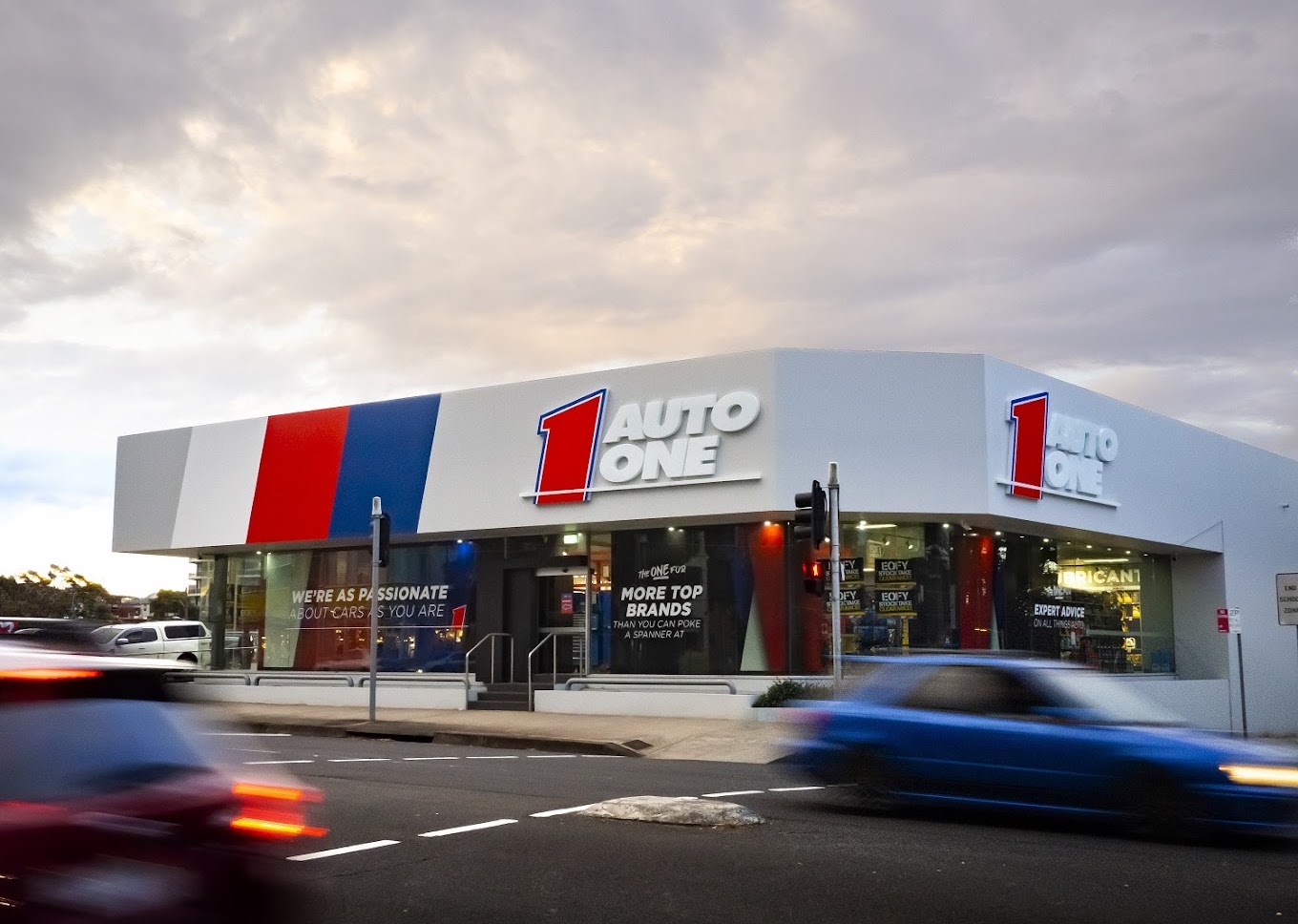
What is the difference between Secondary Dwellings and Dual Occupancies?
When it comes to expanding residential properties in New South Wales (NSW), two popular options are secondary dwellings (often referred to as granny flats) and
Home / Commercial Change of Use: Vehicle Hire/Sales/Repairs
Our firm solely serves clients across New South Wales. With a strong history and over 3000 successful projects completed, our team have worked extensively with local council, enhancing project success rates.

When applying for a Development Application (DA) for the commercial change of use to establish a vehicle hire, sales, or repair facility, councils require specific documentation due to the unique operational needs and potential environmental impacts of automotive businesses. These facilities often involve large volumes of vehicles, frequent movement in and out of the premises, and activities that may produce noise, emissions and waste. Below is an outline of essential documents typically required for a DA of this nature, with a focus on the distinct considerations for vehicle-related businesses.
The Statement of Environmental Effects (SEE) is a fundamental document that assesses the potential impacts of the vehicle business on the local environment and community. This report should cover expected vehicle movements, noise levels from equipment, the impact of lighting on the surroundings and any emissions generated by the business. It should also outline mitigation strategies, such as designated parking areas, dust control and noise-dampening measures, to ensure the business operates in harmony with neighbouring properties.
A Site Layout and Traffic Flow Plan provides a clear representation of how the property will be organized, including designated areas for parking, display and repair. This plan is critical for vehicle-related businesses as it illustrates the flow of traffic within the site, ensuring safe and efficient movement of vehicles without disrupting neighbouring properties or local roads. Councils rely on this plan to assess whether the site layout meets safety and traffic standards, particularly if the business is located near a busy street or residential area.
The Architectural and Facility Plans are essential for showcasing the building’s layout, including the workshop, customer service area, offices and storage zones. For vehicle repair facilities, the plans should include specifications for ventilation systems, waste storage, and safety barriers. Councils review these plans to ensure that the facility design supports safety and compliance with building codes, particularly in areas that may handle hazardous materials or machinery.
A Noise Impact Assessment is crucial for vehicle repair and sales facilities, which typically generate noise from mechanical tools, car engines and equipment. This report should evaluate potential noise sources and outline control measures to mitigate impact, such as soundproofing walls, setting operational noise limits or limiting hours of high-noise activities. Councils require this assessment to ensure the business does not disrupt the local environment, particularly if it’s close to residential or noise-sensitive areas.
A Stormwater and Drainage Management Plan is essential, especially for vehicle facilities, as runoff from washing, maintenance or repair areas could contain pollutants. This plan should outline how stormwater will be collected, treated, and discharged, with measures to prevent contamination from oil, grease or other automotive chemicals. Councils use this plan to ensure that the facility manages water runoff responsibly, preventing contamination of local waterways and meeting environmental protection standards.
A Waste Management Plan is critical for automotive businesses due to the unique waste generated, including oil, tires, batteries, and metal parts. This plan should include waste segregation, storage, disposal, and recycling methods, and address any hazardous waste handling procedures to comply with environmental regulations. Councils assess this plan to verify that waste is managed safely and that the business minimizes its environmental impact.
An Air Quality Management Plan may be required, particularly for repair facilities, to address any emissions from exhaust, spray painting, or chemical use. This plan should outline ventilation systems, exhaust filtering methods, and chemical storage protocols to minimize air pollution. Councils require this document to confirm that the facility complies with air quality standards and will not negatively affect the surrounding community.
A Traffic and Parking Impact Assessment evaluates the anticipated vehicle traffic to and from the facility, as well as the demand for parking. This assessment should consider peak usage times, designated areas for customer and service vehicle parking, and any potential impact on nearby roads. Councils rely on this report to ensure that the business will not cause congestion or create unsafe traffic conditions, especially if located near high-traffic areas.
For vehicle hire, sales, or repair businesses, councils may request further documents depending on the specific operations, site conditions, or proximity to sensitive areas.
Environmental Site Assessment
If the site was previously used for industrial purposes, an Environmental Site Assessment may be required to evaluate any potential contamination and outline remediation strategies. This report is particularly important for vehicle-related businesses, as they handle materials that could potentially contaminate soil or groundwater. The assessment will help ensure that any existing contaminants are managed safely before new operations begin.
Lighting and Signage Plan
Since vehicle sales and hire facilities often use exterior lighting and signage, a Lighting and Signage Plan may be required. This plan should detail the type, location, and intensity of lighting, ensuring it does not create glare or light pollution that could impact neighbouring properties or road safety. Councils assess this plan to ensure that signage and lighting align with local guidelines and do not disrupt the visual character of the area.
Air Quality Impact Report
For facilities that involve spray painting, chemical use, or significant exhaust emissions, an Air Quality Impact Report may be required. This report should evaluate potential impacts on local air quality and propose mitigation measures, such as air filtration systems or enclosed workspaces, to prevent air pollution.
Acoustic and Vibration Control Plan
If the facility involves activities that produce vibration, such as heavy equipment or lift usage, an Acoustic and Vibration Control Plan may be needed. This report assesses potential impacts on nearby properties and recommends control measures, such as vibration-dampening systems or operational restrictions during peak hours, to minimize disturbances.
Community Impact Statement
For vehicle facilities in close proximity to residential areas, a Community Impact Statement may be requested. This document should outline community consultations and any concerns raised, as well as the measures the business will take to address these concerns. Examples include restricting operating hours or implementing stricter waste and noise control practices to maintain harmony with the local community.
Accessibility Compliance Report
To ensure compliance with accessibility requirements, an Accessibility Compliance Report may be necessary. This report should address access points, restroom facilities, and customer service areas to accommodate individuals with disabilities. Councils use this report to verify that the facility meets the standards outlined in the Disability Discrimination Act (DDA) and local accessibility regulations.
Hazardous Materials Management Plan
If the facility handles hazardous substances like chemicals, oils, or solvents, a Hazardous Materials Management Plan may be required. This plan should detail storage, handling, and disposal procedures for hazardous materials, including emergency protocols in the event of a spill. Councils require this plan to ensure that hazardous materials are managed safely and that the facility meets environmental health and safety standards.
Flood Risk Assessment
If the property is located in a flood-prone area, a Flood Risk Assessment may be required to assess potential flood risks and outline mitigation strategies. This report should include measures such as elevating storage areas, installing drainage improvements, or using flood barriers to protect both the property and stored vehicles from potential water damage.

When it comes to expanding residential properties in New South Wales (NSW), two popular options are secondary dwellings (often referred to as granny flats) and

In New South Wales (NSW), the approval requirements for tiny homes, moveable dwellings, cabins and affordable housing vary based on factors such as the type

Renovating a property in New South Wales (NSW) that is heritage-listed or located within a heritage conservation area requires careful planning to preserve its historical

Undertaking demolition work on your property in New South Wales (NSW) requires careful planning and adherence to regulatory requirements to ensure safety and compliance. Here’s

When planning to change the use of a commercial property in New South Wales (NSW), understanding the parking requirements is vital for compliance with local

When embarking on a development project, you may wonder whether you need an architect, a town planner, or both. Each professional brings unique expertise to




Guaranteed Approval. Free 30-minute Expert Consult
Our head office is based at Level 1, 1-5 Link Road, Zetland NSW